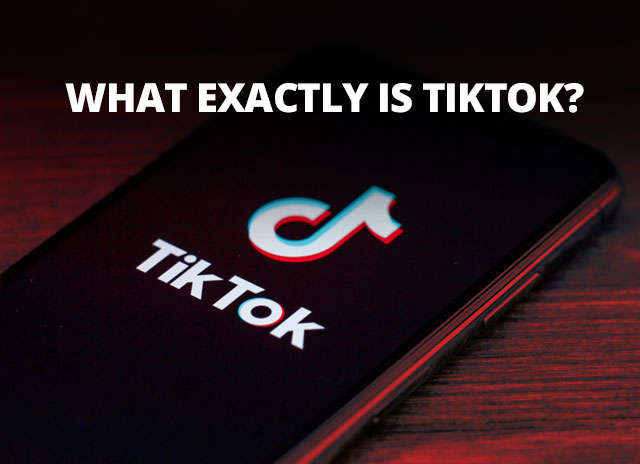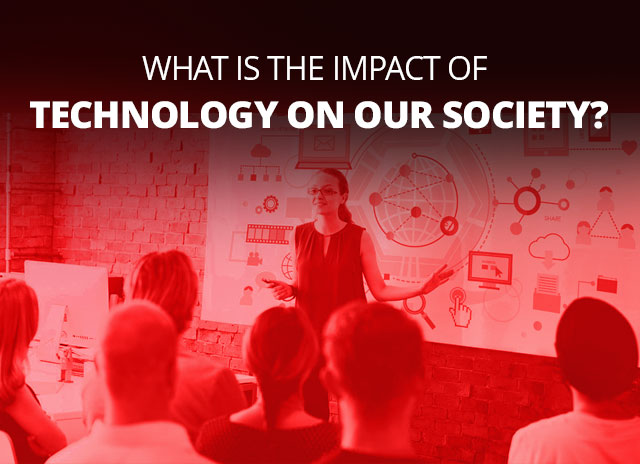What Exactly is Tiktok?
The name TikTok is onomatopoeia for the sound of a ticking clock and represents the short format of the videos
TikTok is an iOS and Android social media video app for creating and sharing short lip-sync, comedy, and talent videos. The app was launched in 2017 by ByteDance, for markets outside of China. ByteDance has previously launched Douyin for the China market in September 2016. Douyin was developed in 200 days, and within a year got 100 million users, with more than 1 billion videos viewed every day.
The application allows users to create short music and lip-sync videos of 3 to 15 seconds and short looping videos of 3 to 60 seconds. It is a leading short video platform in Asia, the United States, and other parts of the world. TikTok is not available in China and its servers are based in countries where the app is available.
The TikTok mobile app allows users to create a short video of themselves which often feature music in the background, can be sped up, slowed down or edited with a filter. To create a music video with the app, users can choose background music from a wide variety of music genres, edit with a filter and record a 15-second video with speed adjustments before uploading it to share with others on TikTok or other social platforms. Its tunes are varied pop, rap, R&B, electro, and DJ tracks serve as backing for its 15-second video clips.
The app allows users to set their accounts as “private”. Such accounts’ content remains visible to TikTok but is blocked from TikTok users who the account holder has not authorised to view their content. Users can choose whether any other user, or only their “friends”, may interact with them through the app via comments, messages, or “react” or “duet” videos. Users also can set specific videos to either “public”, “friends only”, or “private” regardless if the account is private or not.
The videos are tall, not square, like on Snapchat or Instagram’s stories, but you navigate through videos by scrolling up and down, like a feed, not by tapping or swiping side to side.
The platform is said to have an addictive quality and high levels of engagement with its personalized feeds of quirky and creative short videos.
TikTok was downloaded more than 104 million times on Apple’s App store during the full first half of 2018, according to data provided to CNBC by Sensor Tower, an app analytics platform based in San Francisco. It surpassed Facebook, YouTube, and Instagram to become the world’s most downloaded iOS app for that time period.
TikTok recently began testing ads and also makes money on in-app purchases. Users can buy coins to tip their favorite creators on the platform. It has grossed $80 million from in-app purchases globally, according to an April report from Sensor Tower. In Q1 2019, user spending reaching an estimated $18.9 million globally, which was 222% more than the app grossed during the same period last year.
Tiktok is available in over 150 markets, and in 75 languages worldwide.
Source: Hashtag Social





